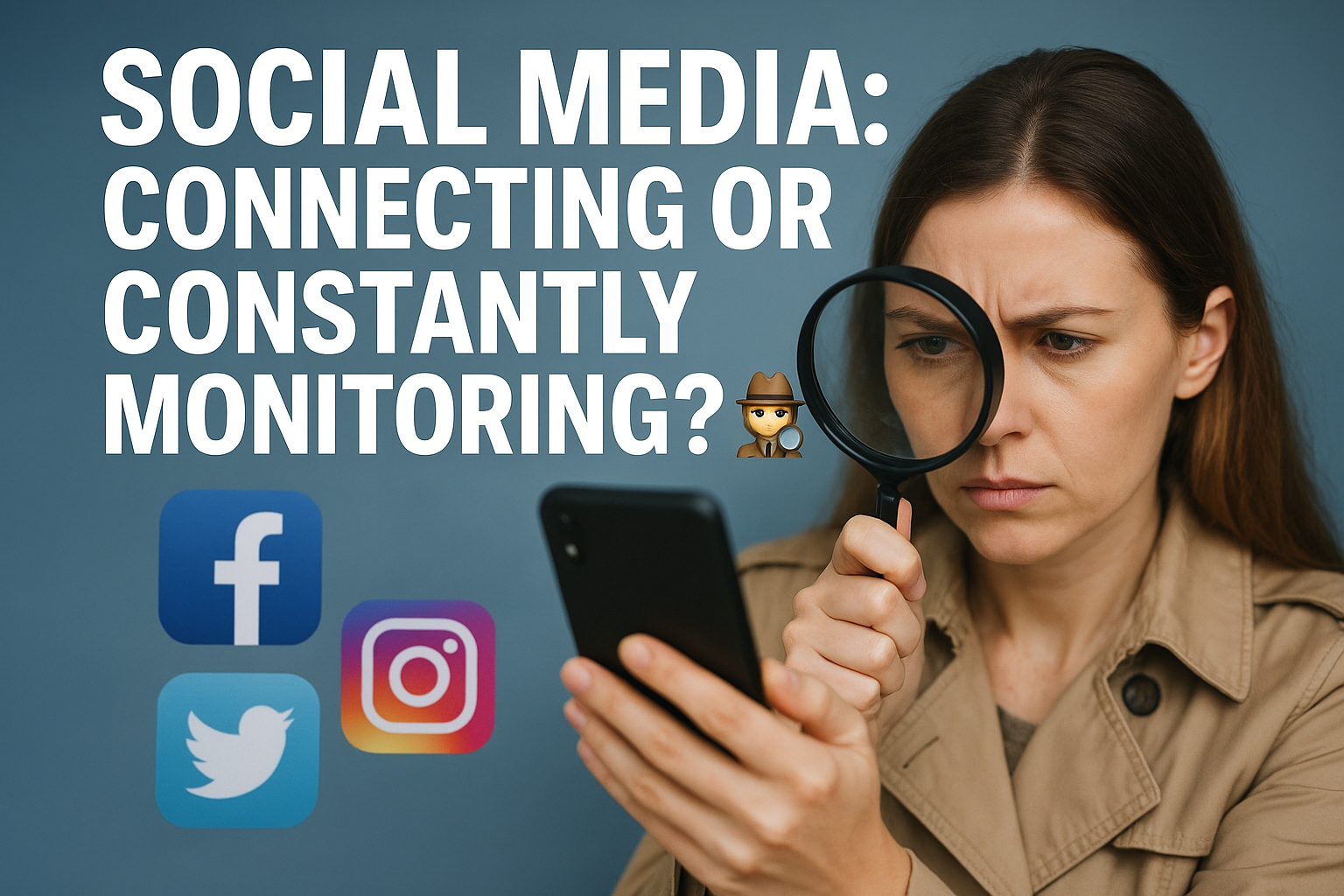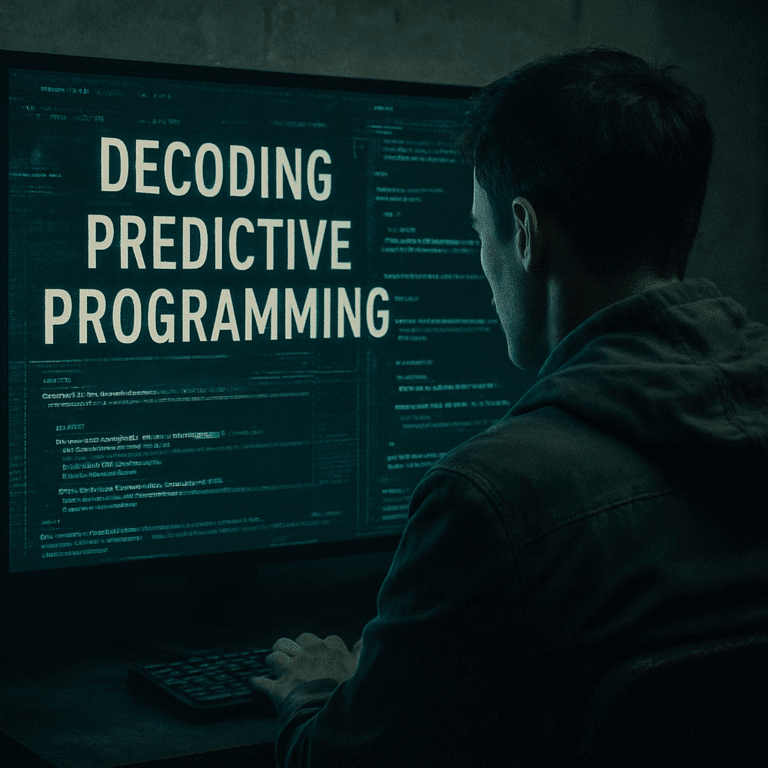This website is in the works! Things will get fixed with time.
In our increasingly digital lives, platforms like Facebook, Instagram, and TikTok have become ubiquitous, promising to connect us with friends, family, and communities across the globe. Yet, beneath the surface of likes, shares, and endless scrolling, a growing concern persists: are these platforms designed not just for social connection, but as massive, sophisticated data collection operations? Many believe they are, meticulously monitoring our preferences, habits, and even emotional states to construct incredibly detailed psychological profiles. This raises profound questions about privacy, influence, and the very nature of our online interactions.
The Digital Panopticon: How Data Collection Works ????
The core mechanism behind social media’s surveillance capabilities lies in its insatiable appetite for data. Every interaction, every click, every scroll, and every piece of content you consume or create contributes to a vast ocean of information about you. This goes far beyond the obvious “likes” and comments. Platforms track:
- Your Activity On-Platform: This includes posts you engage with, groups you join, videos you watch (and for how long), ads you click, and even the time of day you’re most active. They analyze your typing speed, cursor movements, and how long you linger on certain content.
- Your Interactions Off-Platform: Through “Like” and “Share” buttons embedded across the web, tracking pixels, and third-party cookies, social media companies can monitor your browsing history and activities on other websites, even when you’re not actively on their platform. This allows them to build a comprehensive picture of your interests outside their direct ecosystem.
- Personal Information Provided: The demographics you share (age, location, relationship status), your interests, and even your political affiliations are all ingested and analyzed.
- Inferred Data: Algorithms go beyond explicit data to infer your personality traits, emotional states, purchasing intent, and even vulnerabilities based on patterns in your behavior and content consumption. For example, consistent engagement with certain types of news might lead to an inference about your political leanings, while frequent searches for specific products could indicate a buying intention.
- Network Analysis: The connections you make, the people you interact with most, and the structure of your social graph are analyzed to understand your influence and the communities you belong to.
This immense volume of data is then fed into powerful algorithms that create sophisticated psychological profiles. These profiles are not merely for showing you relevant ads; they can be used to predict your behavior, influence your decisions, and even manipulate your emotional responses.

Subtle Clues: Signs of Extensive Profiling ⚠️
Unlike overt hacking, the signs of social media surveillance are often subtle and integrated into the user experience itself, making them harder to detect. However, certain observations can suggest extensive profiling is at play:
- Hyper-Targeted Advertising: Ads that feel eerily specific to recent conversations, thoughts, or niche interests that you haven’t explicitly searched for. This often goes beyond simple keyword matching and suggests a deeper understanding of your preferences.
- Content That Feels Manipulative: Your feed consistently showing content that triggers strong emotional responses, or nudging you towards specific viewpoints or purchasing decisions.
- Uncanny Recommendations: The platform recommending friends, groups, or content that seems to know your social circle or interests in a way that feels almost prescient.
- Echo Chambers: Your feed becoming increasingly narrow, reinforcing existing beliefs and limiting exposure to diverse perspectives, which can be a result of algorithms optimizing for engagement based on your inferred biases.
- Changes in Mood or Behavior After Use: Feeling unusually anxious, angry, or compelled to act in certain ways after extended use, which could be a subtle effect of algorithmic manipulation.
Reclaiming Your Digital Autonomy: How to Protect Yourself ????️
While completely opting out of data collection on social media might be challenging without leaving the platforms entirely, you can take significant steps to limit the extent of surveillance and protect your digital autonomy.
- Adjust Privacy Settings: Dive deep into the privacy settings of each platform. Limit who can see your posts, information, and activity. Disable “off-Facebook activity” or similar tracking features that link your browsing history to your social media profile.
- Be Mindful of Information Shared: Think critically before sharing personal details, location data, or engaging with quizzes and surveys that ask for extensive personal information.
- Limit App Permissions: Review the permissions granted to third-party apps connected to your social media accounts. Revoke access for any app that doesn’t genuinely need it or that you no longer use.
- Use Ad Blockers and Privacy Extensions: Browser extensions designed to block trackers and ads can limit the data social media platforms collect about your off-platform browsing.
- Consider a VPN: A Virtual Private Network can mask your IP address and encrypt your internet traffic, making it harder for platforms to track your location and online activities across different sites.
- Practice Digital Hygiene: Regularly clear your browser’s cookies and cache. Be cautious about clicking on suspicious links, even if they appear to come from friends, as they could lead to phishing attempts or malware.
- Diversify Your Online Presence: Avoid relying on a single platform for all your social interactions. Spreading your online activity across different services can make it harder for any one entity to build a comprehensive profile of you.
- Be Skeptical of Content: Develop a critical eye for the content presented to you. Understand that algorithms are designed to maximize engagement, which doesn’t always align with your well-being or exposure to diverse information.
By understanding the mechanisms of data collection and actively managing your digital
Social Media as a Surveillance Tool: The Unseen Architect of Your Digital Self ????️♀️
In an age where platforms like Facebook, Instagram, and TikTok have become integral to our daily lives, connecting us with friends, family, and global communities, a more subtle and profound function is at play. Far beyond simple social connection, these platforms are increasingly understood as sophisticated, large-scale data collection operations. They meticulously monitor your preferences, habits, and even emotional states, all with the aim of constructing incredibly detailed psychological profiles. This continuous, often imperceptible, surveillance shapes our digital experiences and raises significant questions about privacy in the modern era.
The Digital Panopticon: How Social Media Collects Data ????
The core mechanism behind social media’s role as a surveillance tool lies in its relentless and pervasive data collection. Every interaction, every click, every scroll, and every piece of content you engage with becomes a data point. This goes far beyond the obvious information you explicitly share, such as your name, age, and location.
Platforms gather behavioral data by tracking the posts you like, the videos you watch, the ads you click, and even the time you spend on different types of content. They analyze your social graph, understanding who your friends are, how often you interact with them, and the nature of those interactions. Your demographic information is refined not just by what you tell them, but by inferences drawn from your activity and connections.
Furthermore, advanced algorithms delve into the nuances of your online presence. Sentiment analysis can gauge your emotional responses to content based on your language and engagement patterns. Your location data, often collected through your device, provides insights into your daily routines and frequented places. Even your device information (type of phone, operating system, network) is logged. This vast ocean of data is then processed and cross-referenced to build a comprehensive, ever-evolving psychological profile. This profile, in turn, is used to personalize your feed, target advertisements, and, some argue, subtly influence your opinions and behaviors.
Echoes in the Algorithm: Signs of Data Collection and Profiling ⚠️
While social media’s data collection is designed to be seamless and often invisible, there are subtle signs that can hint at the depth of this profiling. The most common is the uncanny accuracy of targeted advertisements. Have you ever discussed a product with a friend, only to see an ad for it appear on your feed moments later? This isn’t always direct eavesdropping, but rather sophisticated algorithms connecting your online behavior with offline cues, or simply highly effective predictive modeling based on your extensive digital footprint.
Another indicator is the highly personalized content feed. While this is often touted as a feature, it can also create an “echo chamber,” where you are primarily exposed to information and viewpoints that align with your existing preferences, potentially limiting your exposure to diverse perspectives. This personalization is a direct result of the platform’s understanding of your psychological profile.
You might also notice suggestions for new connections or groups that feel eerily relevant to your life, even if you haven’t explicitly mentioned these interests on the platform. This demonstrates the platform’s ability to infer connections and interests based on your broader data. Finally, a general sense of “being understood” by the algorithm, where the content presented seems to anticipate your thoughts or needs, is a testament to the detailed profiles being constructed. While convenient, this can also be a disquieting reminder of the extent to which your digital self is being analyzed and categorized.
Reclaiming Your Digital Space: Protecting Your Privacy on Social Media ????️
While completely opting out of data collection on social media platforms might be challenging without abandoning them entirely, you can take significant steps to protect your privacy and regain some control over your digital footprint.
A fundamental step is to review and adjust your privacy settings on each platform regularly. These settings often control who can see your posts, how your data is used for advertising, and what information is shared with third-party apps. Be proactive in limiting data sharing wherever possible.
Consider limiting the personal information you share publicly on your profile. The less data available, the less can be collected and profiled. Be mindful of the content you engage with, as every like, share, and comment contributes to your profile. You can also disable location services for social media apps on your device to prevent continuous tracking of your physical movements.
Furthermore, be cautious about connecting third-party applications to your social media accounts. Many apps request extensive permissions, potentially gaining access to your data. Review these permissions carefully and revoke access for any apps you no longer use or trust. Regularly clear your browser cookies and cache, as these can store tracking information that platforms use to follow your activity across the web.
For a more robust defense, consider using a Virtual Private Network (VPN), which encrypts your internet connection and masks your IP address, making it harder for platforms to track your online activity across different websites and services. Finally, cultivate a general mindset of digital skepticism. Understand that platforms are designed to maximize engagement and data collection. By being aware of these underlying motivations, you can make more informed choices about how you interact with social media and what information you willingly contribute to your digital profile.
By taking these proactive measures, you can enhance your digital privacy and navigate the complex landscape of social media with greater awareness and control.








